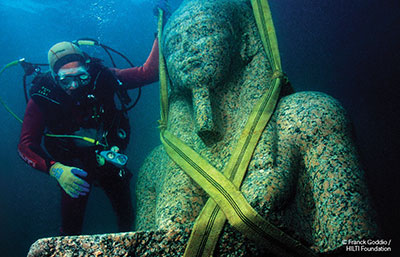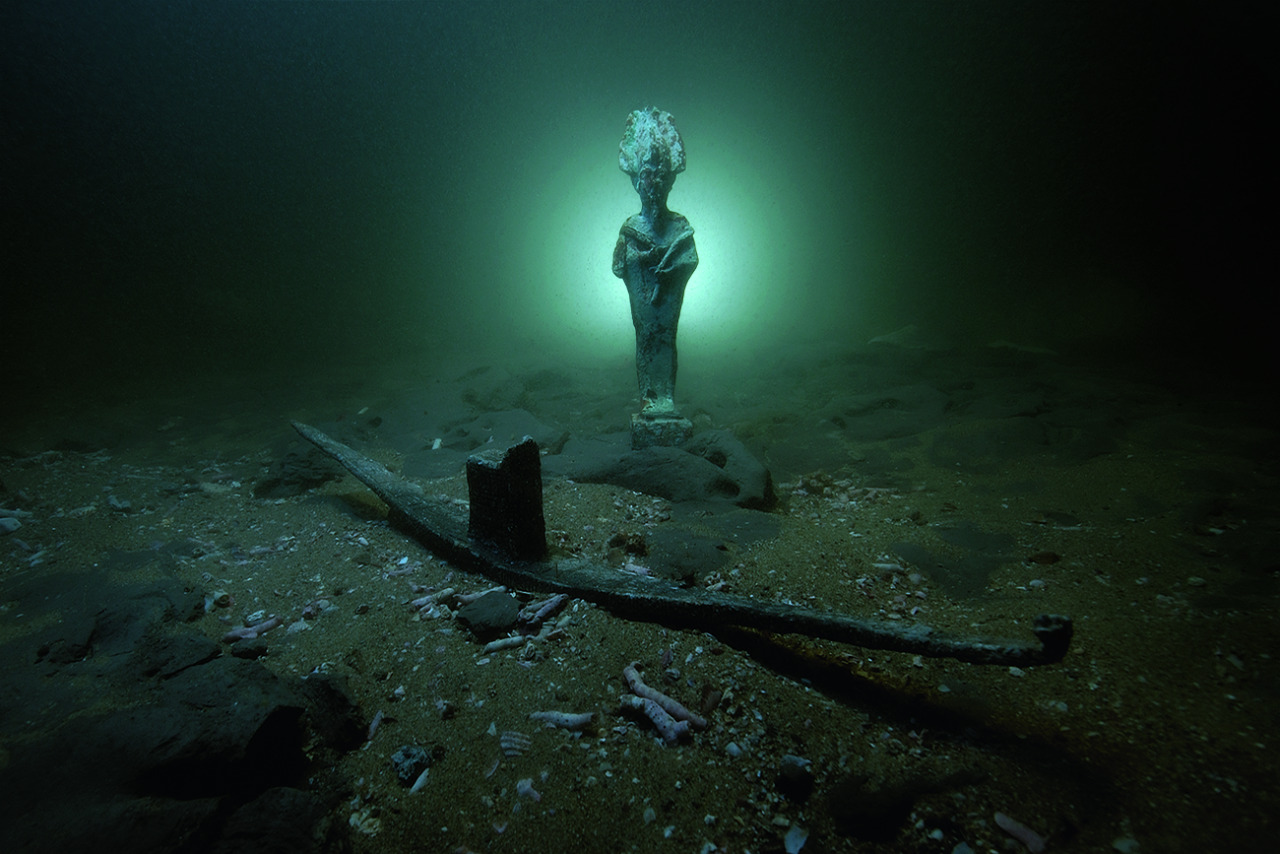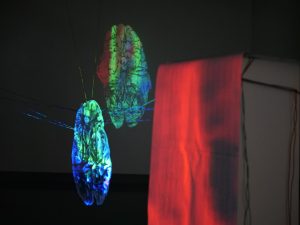Hello Readers!
My name is Ellie, and I am one of the blog editors this year. As you may know, there is a very fun and very much required part of the Tufts Museum Studies program – a supervised internship (practicum). I am doing mine this fall, and wanted to document it for posterity and so this can serve as an invitation to the community. My hope is that this is not just a series of pseudo diary entries from me, but also from other interns in the community that feel comfortable sharing their experience. Internships are all about learning and experiencing the ins and outs of the museum. In my case, I am learning all about how the DAPP (Department of Academic and Public Programs) office works at the Harvard Art Museums.
Education has been a passion of mine for some years now and the Museum Education program was a perfect merger of my favorite two things: teaching and old things. Since starting the program a year ago, I have learnt so much: how the Massachusetts public school system works, how museums navigate their 501(c)(3) status, and how to construct the all-important lesson plan. I am filled to the brim with theoretical and pedagogical knowledge and have been itching to try out some more practical applications. I had a taste of what it is like to be a permanent educator at the Addison Gallery of American Art this past summer, but for my practicum I wanted to work on something that would outlive my time in the museum.
Thanks to the support of my lovely supervisor, my project will do just that. I am interviewing different departments of the museum and putting together a resource for museum visitors that will give them tools to understand the galleries, objects, and overall institution better. This past week I got to talk to curators about how they write labels, and I would never have thought a conversation about something as simple as a 150 word explanation of a piece of art could be so exciting and full of controversies. In conversations we have talked about how labels are written, how they get changed, and a surprising controversy about font sizing.
Another fun and exciting part of my work as an intern at HAM is professional development with the Graduate Student Teacher (GST) cohort. They come from different countries, backgrounds, and programs around the university. Every Wednesday morning, we discuss methods of teaching in the museum and how to make the space welcoming and accessible to young and old audiences alike. It has been so much fun getting to know these incredible women and talking about what I have learned in my program – somehow, I am both an intern and a resource for lesson planning. It has been so refreshing to not be a teacher but still working in educational programming. While my project is less forward facing than a guided visit, I am so excited to learn more about the HAM and continue writing a resource that can be used by others in the future.
As I close out my first entry to this series, I want to invite anyone else who is/was a recent intern to share their experiences with us! We would love to make this blog into a resource for future interns so they can get a sense of what to expect while doing their practicum. If you have a story to share, don’t hesitate to reach out. Also, if you have questions, we would love to post an “Ask an Intern” article too!







